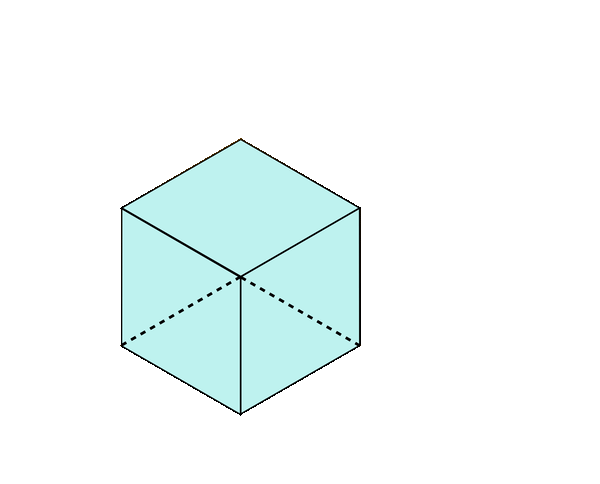
Discuss math vocabulary such as polyhedron, face, edge, prism, etc.

Once all the shapes are assembled, you can use them however you like, depending on the age of your kids! Learning ideas for foldable 3D shapes: You can also use tape if that’s easier for you (or you don’t have glue). This will help make sure it stays together. I suggest adding a few dabs of glue to each tab and then hold it in place for a few seconds before gluing the next tab. By definition this makes it a right rectangular prism, and the terms rectangular parallelepiped or orthogonal parallelepiped are also used to designate this polyhedron. Then, carefully fold each tab so that it can be used to glue the shape together, and fold each side of the shape.įinally, glue each side together. Rectangular cuboid In a rectangular cuboid, all angles are right angles, and opposite faces of a cuboid are equal. Sphere Volume Calculator Cone Volume Calculator Cube Volume Calculator Cylinder Volume Calculator Rectangular Tank Volume Calculator Capsule Volume. This will help them see and learn math vocabulary. If your students are older, have them label the different parts of the shape (face, edge, base) before assembling to use as a reference throughout their study of shapes! 🙂 If you’ve printed on white card stock as I have, take some time to get creative and color or decorate the shapes before assembling them! This could make a great math art project! I have tried it both ways, and regular paper is just too flimsy.Īfter printing, simply cut out the 3d shape nets on the solid lines.

I highly recommend printing the nets on stock paper rather than regular paper.


 0 kommentar(er)
0 kommentar(er)
